
So fa’fa, so good
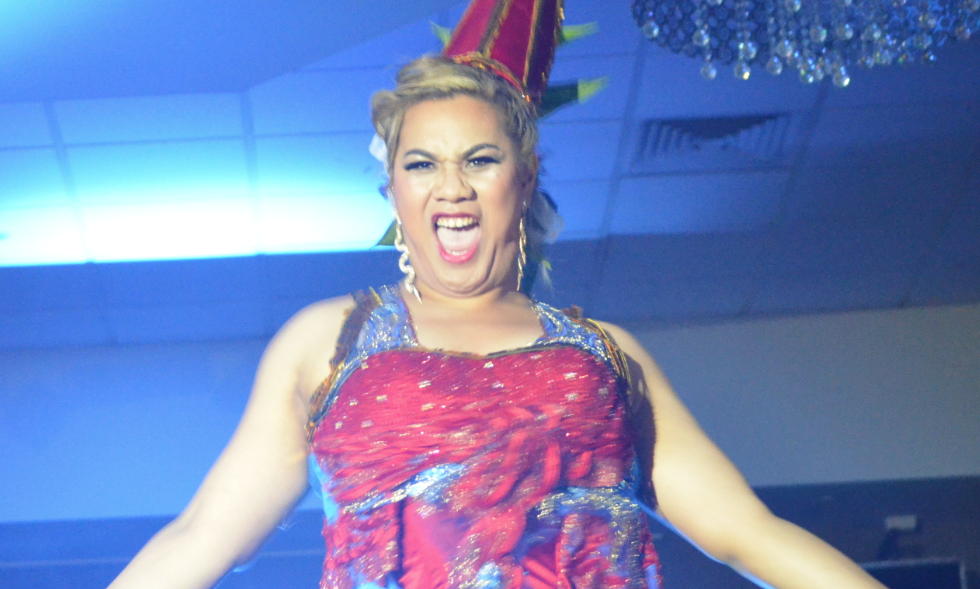
TIGHTLY clutching one another’s hands, the five stand stock still on the centre of the stage. A steely spotlight picks them out in the dimly-lit and hushed hall as they await the judges’ decision.
Their make-up — smudge-free and glowing; their sequins — sparkling like the South Pacific night sky; their smiles frozen — but ready to beam should they be declared the winner.
The stakes are high: the winner of this contest will go on to compete in the global final in Samoa.
However, there was something different about this beauty pageant, held on a chilly August night in an RSL in Punchbowl, south west Sydney.
The majority of the contestants defined themselves not as women, or as men, but as fa’afafine.
Europeans reportedly first saw the mãhúof Tahiti, similar to the fa’afafine of Samoa and the fakaleiti in Tonga, in the late 18th century.
As the HMS Bounty sailed the Pacific islands, crew members noted that some men displayed distinctly feminine traits.
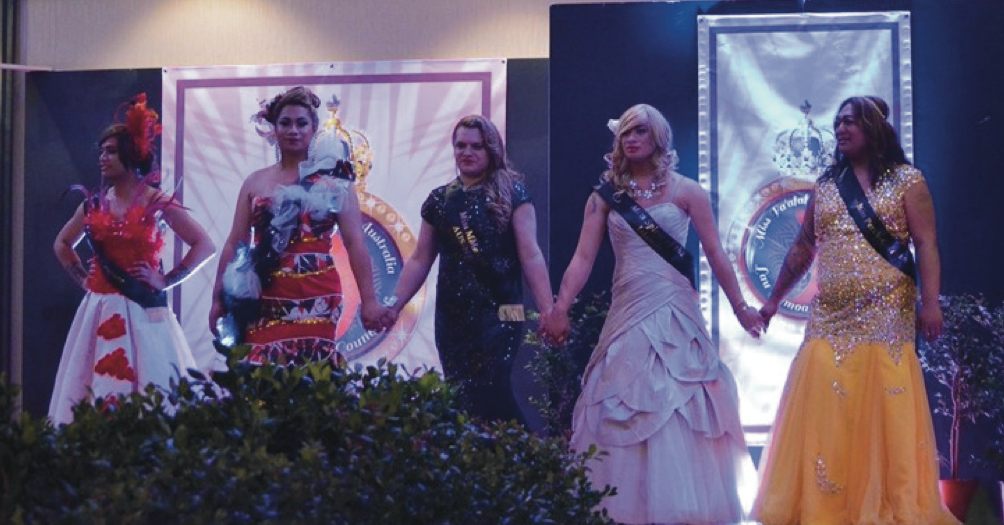
The word fa’afafine is commonly translated into English as “in the manner of a woman”. But more than 200 years after the Bounty, defining fa’afafine through Western eyes remains difficult.
“There are numerous issues with attempting to translate a culturally specific term like this, and no Western concept really fully captures the ways in which Samoan people are fa’afafine,” says Dr Johanna Schmidt, an expert on gender and sexuality at New Zealand’s University of Waikato and author of Migrating Genders, Westernisation, Migration, and Samoan Fa’afafine.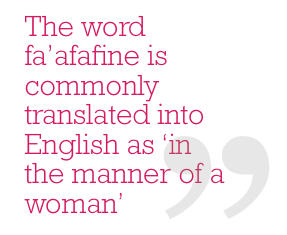
“I refer to ‘transgender’ myself, although I recognise that there are problems with this term too — usually I just say fa’afafine.”
Schmidt explains that fa’afafine, or sometimes simply fa’fa, are biologically male “but evidence greater levels of femininity than is usual for Samoan men”.
How much femininity can vary greatly.
Backstage at the first-ever Miss Fa’afafine Australia competition, the five contestants are scurrying around busy with last minute preparations, as rumours fly some have spent thousands on their costumes.
Ella Collins, born in New Zealand but now living in western Sydney, talks to the Star Observer as fellow fa’afafine fashion her long black locks.
“It’s full on,” she says.
“We start off with the opening number and then creative wear followed by swimwear, evening gown, talent and then the siva,” the latter being a traditional Samoan dance focused on graceful and subtle movements of the arms and hands.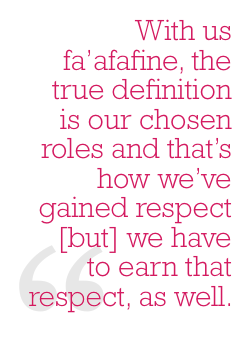
“For the last two months I’ve been working tight with my team, performance-wise and material-wise, making sure we’re in sync,” Collins adds.
“I’ve got two former queens helping me, I’ve grown up watching these fellow divas. I’m in good hands.”
She also says she’s feeling calm: “It hasn’t hit me fully but when we’re side stage ready to go on with the girls, I think it will then.”
Johana and Rochelle are putting the final touches to their costumes but admit they’re the odd ones out in the competition, being openly gay and not trans*.
“At first I didn’t want to compete against transgender because I haven’t followed their journey,” Johana says.
“But I also wanted to do it to gain my journey so I can show the younger generation you can be comfortable in your skin if you want to do drag, cross dress, be gay or trans*.”
Rochelle says colonialisation has changed the way some Samoans regard fa’afafine.
“Back in the islands, in the olden days a guy can be fa’afafine like how in Australia it’s okay to be gay, but now it’s different — I think it’s religion and it’s getting hard,” she says.
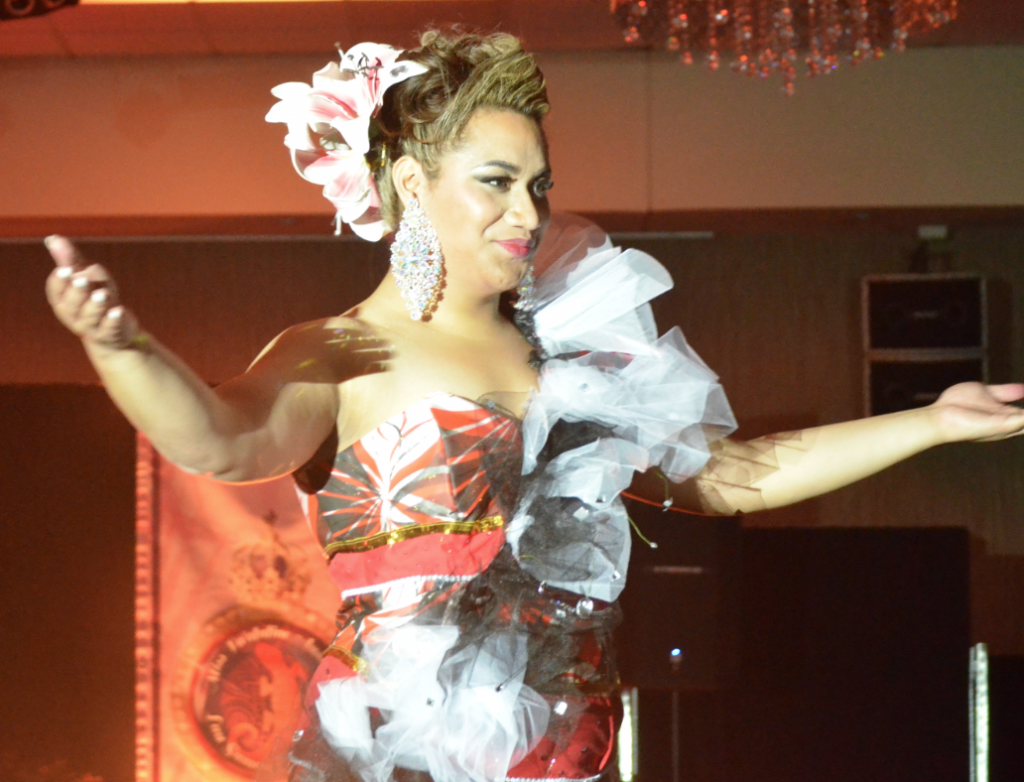
Schmidt says the level to which fa’afafine are accepted within Samoan society is complex. Some religious ministers suggest fa’fa is sinful — she suspects they link it with homosexuality — but many fa’fa attend church and are welcomed as an important part of community life.
Schmidt argues it’s the behaviour of individual fa’afafine that determines how society will regard them.
“Fa’afafine who look after children, do housework, bring cash into their families, help with church functions, or do any of the other things that mark a ‘good Samoan’ — that behaviour will be accepted,” she says.
“However, if fa’afafine are in bars propositioning tourists, this behaviour is not accepted — but it wouldn’t be accepted from a woman, either.”
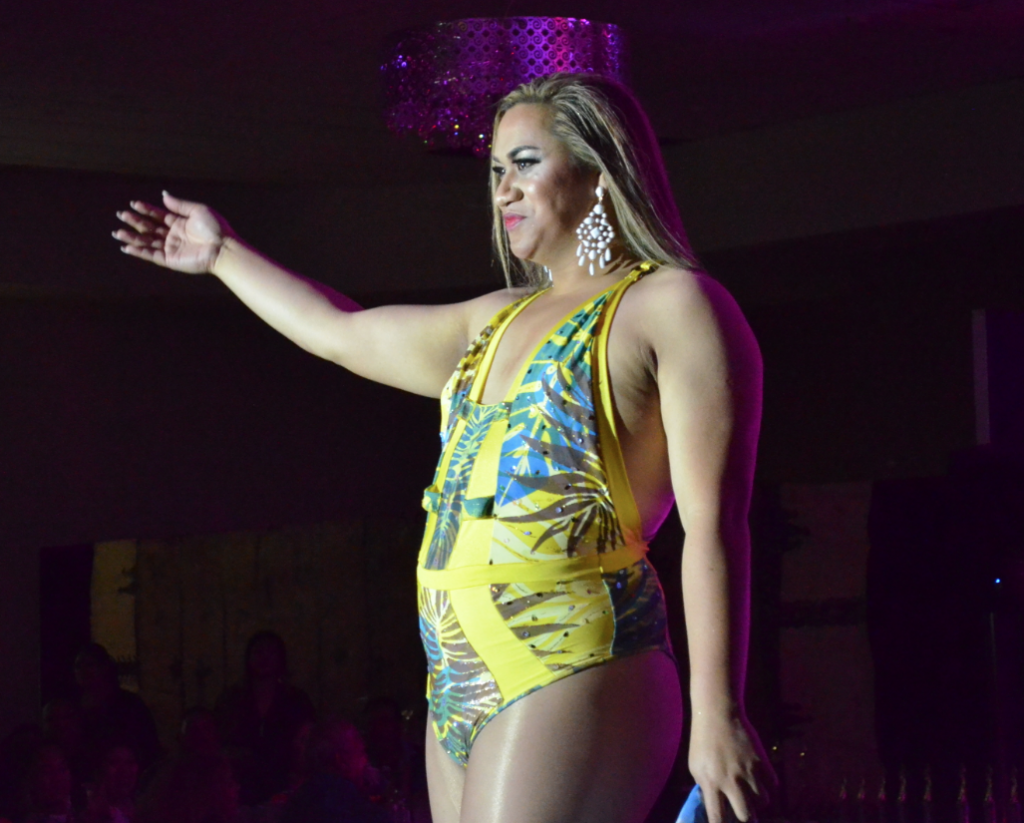
The president of the Samoan Fa’afafine Association (SFA), To’oto’oali’i So’oalo Roger Stanley concurs.
“We have responsibilities with our families, within the church, the village, and in return we [are] accepted well and part of the society,” he says.
While many fa’afafine have relationships with men, as they are mostly considered to be a third gender neither the fa’afafine themselves, nor their partner, are assumed to be gay.
“The LGBTI thing, we trash all that” Stanley says.
“We refer to LGBTI as medical terminologies, Western terminologies where you’ve been categorised.
“With us fa’afafine, the true definition is our chosen roles and that’s how we’ve gained respect [but] we have to earn that respect, as well.”
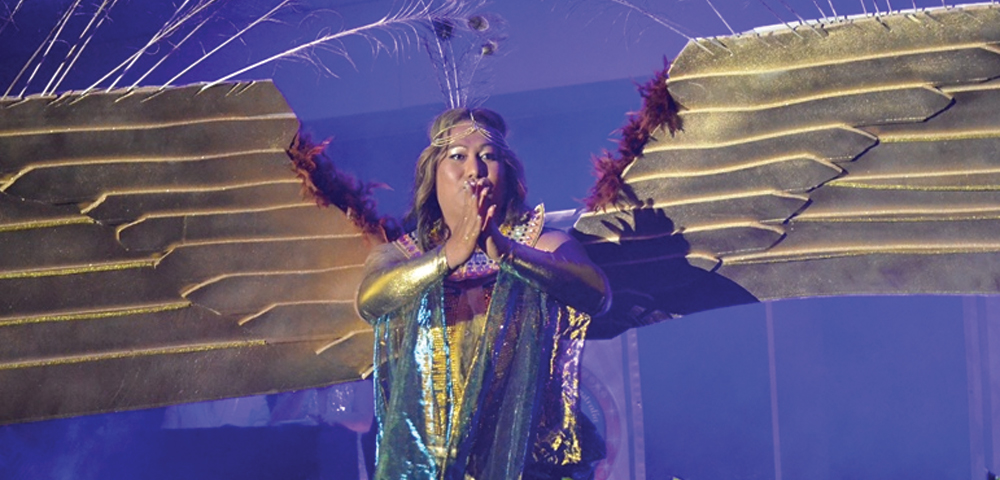
Homosexuality in Samoa remains illegal and the gay community has a far lower level of visibility than the fa’afafine community, with many Samoans who identify as gay, fa’fa or otherwise, doing so overseas.
In fact, while marriage equality is now legal in New Zealand and some neighbouring islands which are governed by Western nations, much of the fa’afafine community is staying out of the fray in Samoa.
Perhaps this is because they have had to face battles closer to home. It was only in 2013 that a law criminalising men who dressed as women — rarely enforced as it was — was struck down. Although celebrated as a victory for the fa’afafine community, Schmidt says: “The obvious rejoinder is that fa’afafine are not impersonating women — they are dressing and living as fa’afafine.”
Nowadays, it seems the seal of approval for fa’afafine goes right to the top with the Samoan Consul-General attending the Sydney contest and the Samoan Prime Minister the patron of the SFA which advocates for the needs of fa’fa, runs vocational training and capacity building programs, organises the Miss Fa’afafine pageant and fundraises for needy causes such as aged care.
“You can never find a fa’afafine in the stats of the suicidal,” Stanley says.
“We’re very strong people, very outspoken and we’re never lonely.
“Become a fa’fa, the whole world is yours.”
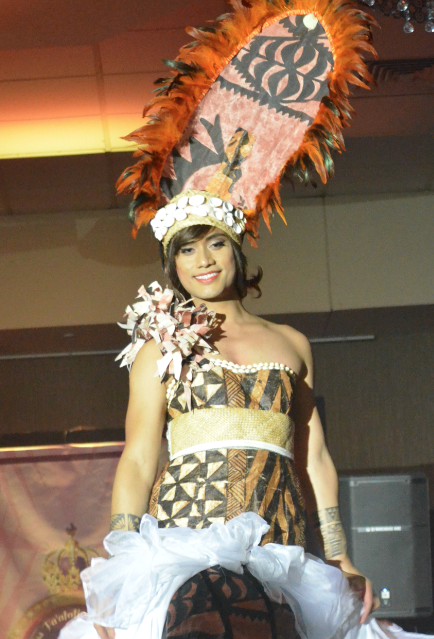
The Australian beauty pageant is a full throttle mix of palagi (Western) and Samoan cultures, of feathery headdresses redolent of the Pacific islands, and shimmering evening wear depicting the Sydney skyline.
Contestant Sasha von Carter wows the crowd with a swimming costume flecked with sea creatures and coral inspired by the Great Barrier Reef, while La-geisha — all the way from Perth — awes the audience with a pair of giant golden wings, harking back to Cleopatra’s Egypt.
However, it is Collins’ high-energy (and distinctly tongue-in-cheek) mix of Beyonce and a war dance — and her message of trans* inclusion — that wins over the judges.
“Knowing there is a high suicide rate among transgenders, I want to be an advocate to stop that and bring awareness to help those kids,” she says.
“Western society could really learn from Samoa in a sense of how open minded people are and that’s something Samoa has to offer the world.”
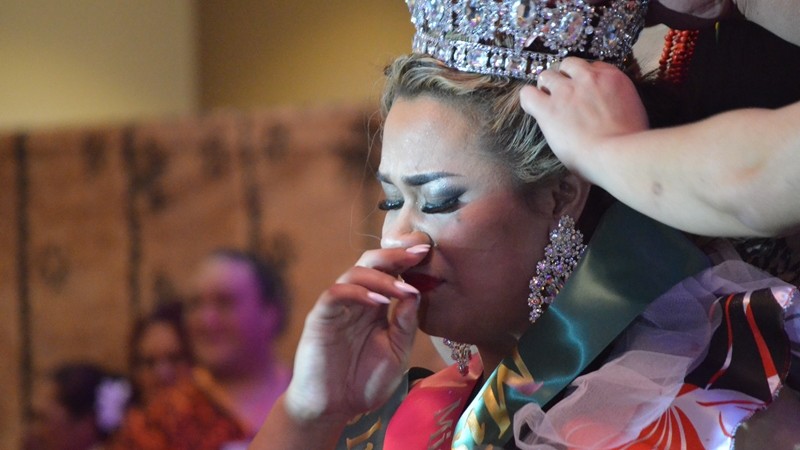
Three weeks later, in Apia, Collins’ will live up to her promise to do Australia proud by coming second in the Miss Fa’afafine final — pipped to the post by Miss Auckland.
Despite the audience’s effusive response, Rochelle isn’t sure she will return to the Sydney pageant next year.
“I’m going back to Rodney — it’s just too much hard work and it’s too expensive. Rochelle has to be a millionaire to do this,” she jokes.
However, she commends the fa’afafine: “I applaud the girls going through this transition to be who they are and I embrace them.
“For us it’s an experience and we’ve loved it.”
_______________
**This article was first published in the October edition of the Star Observer, which is available to read in digital flip-book format. To obtain a physical copy, click here to find out where you can grab one in Melbourne, Sydney, Brisbane, Adelaide, Canberra and select regional/coastal areas.
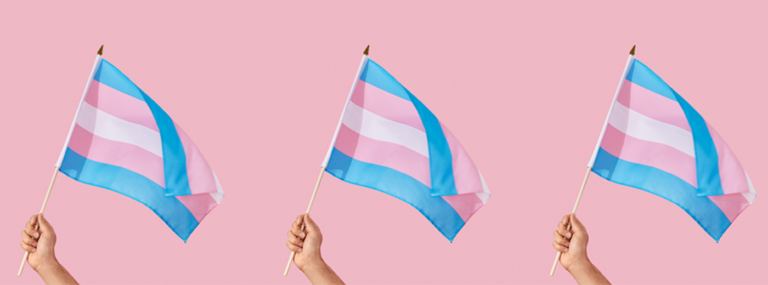
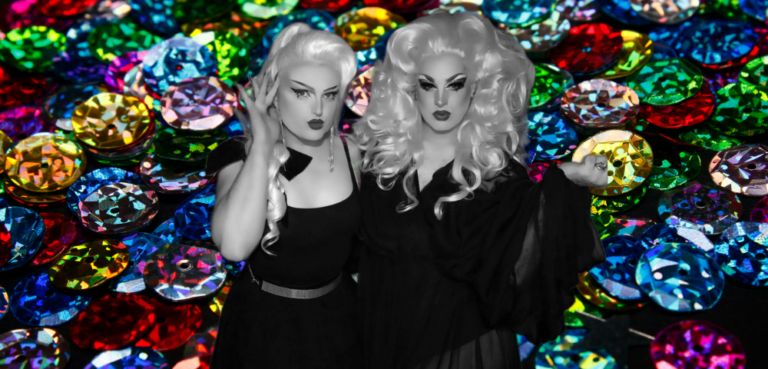




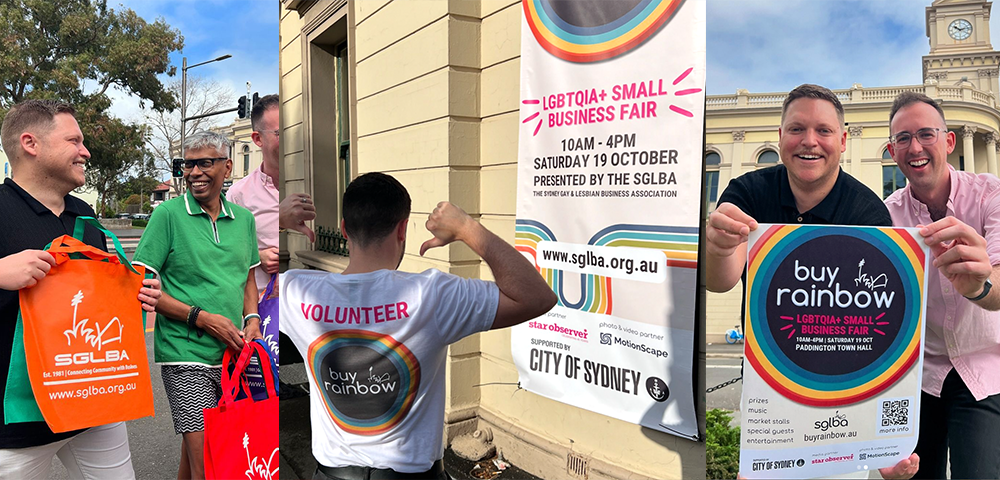
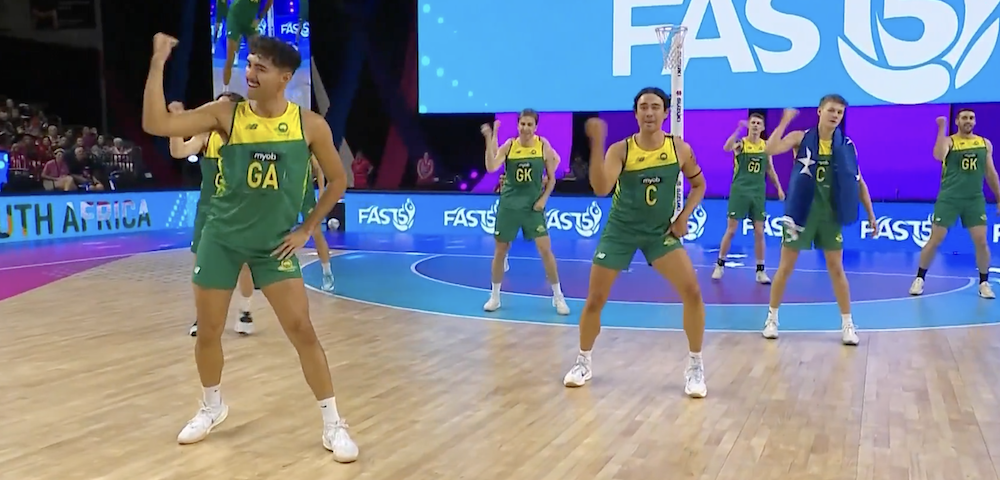
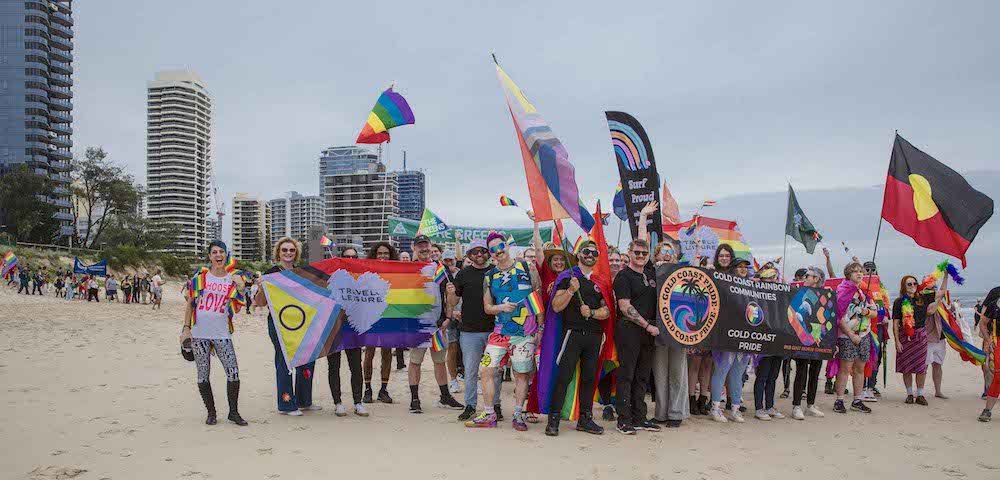
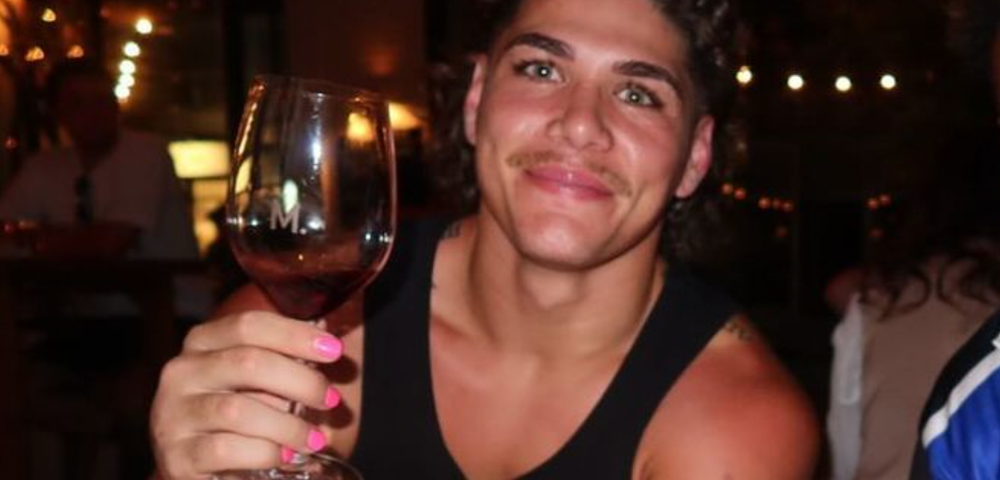
The swimwear photo is not me . You might want to change, that caption or the photo. Lol Awesome stuff, Star Observer.
#SashavonCartiér #SASHAvonCARTER #STARobserver #SYDNEYskyline #THIRDgender #YAMANIAbrown #SKIVAauina #ELLAcollins #ROGERstanley #JKATdesigns #JANICElealamanua #FRANCISusoMatautia #JOHNJNRgasuKelekolio #BRIANtonumaipea #ALICEmapesonevonH #FRANCESulugia #SAIAmisilukivaivakatamaseu #SYLVIAmatautia #SHERRYmatautia #AVAcarney #MARYANNEhunt #CAROLINEhunt #MMaxFitSamoa #MISSFAAFAFINEaustralia #LOVEnRESPECT
Amazingly written. Congratulations Australia. xox.